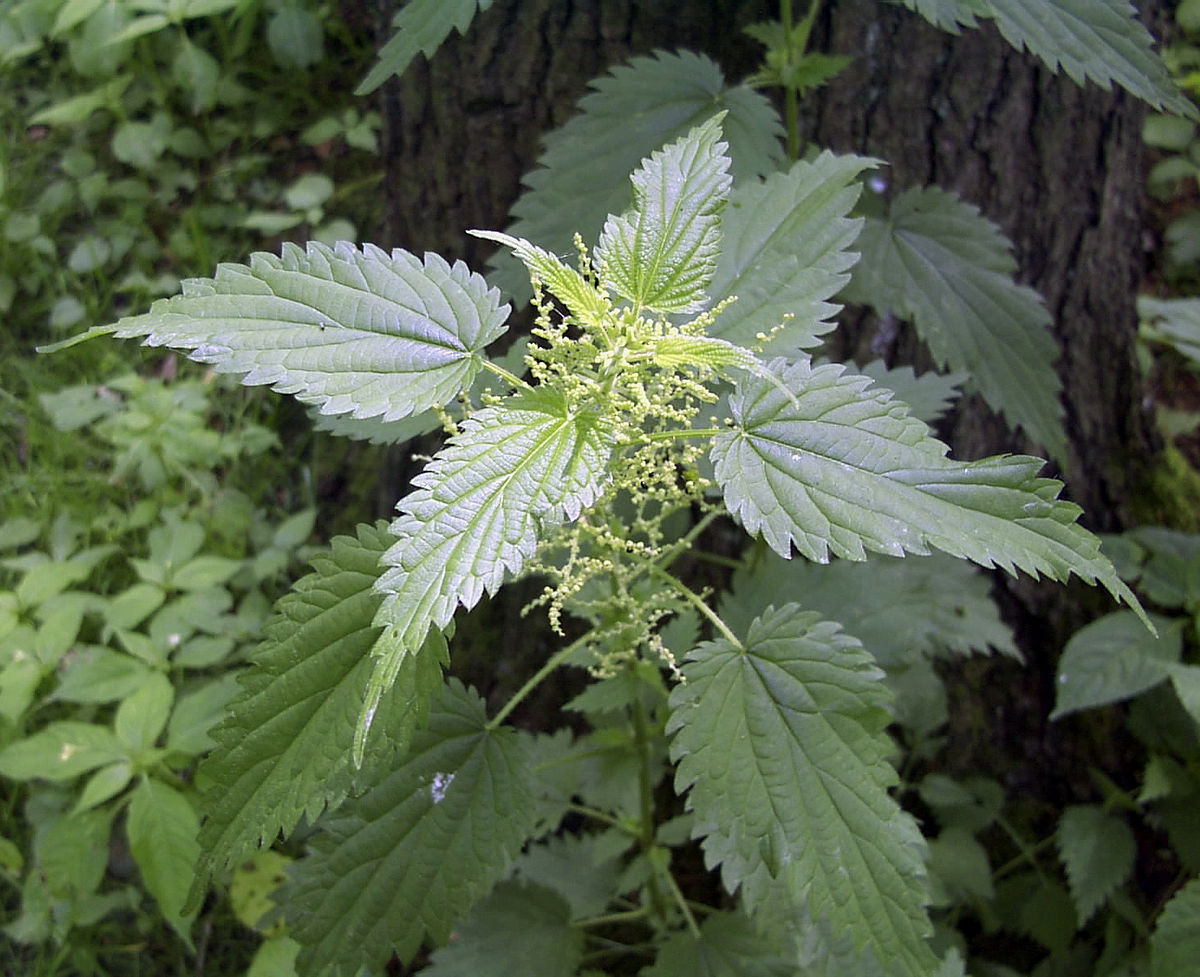We hear the call to buy organic and/or wild-crafted herbs, but what’s the difference between the two?
The general recognised standard for organic products are that they free of herbicides, insecticides, pesticides, fungicides, detergents or harmful chemicals. Wild-crafted herbs, on the other hand, are herbs that grow in their natural environment, usually without the aid of people. You will find them at hedgerows, on meadows, wastelands, in the forest – you may even see some pop up in your backyard.
Wild-crafted herbs are usually stronger and more nutrient dense, with higher phytonutrients and anti-oxidants. Unlike some organic plants which are tended to, and ‘fed’ by humans, wild-crafted plants develop characteristics to protect themselves, which make them more resilient.
Which to choose
In an ideal world wild-crafted would be a clear choice, however, many areas that used to be untouched by human are becoming populated so this is something to bear in mind – where your herbs are being harvested.
In general wild-crafted herbs coming from the jungle or forest, unpolluted wastelands, unsprayed hedgerows, lawns or backyards are great choices.
Organic herbs are also good choices and sometimes are grown in conditions similar to herbs in their natural environment.
VIDEO: DAY LILY PLANT HAS MEDICINAL USES
Wildcrafting Guidelines
If you decide to harvest your herbs in the wild, be mindful that you take precautions so that you do not negatively affect the plant species you collect, neighbouring plants or their habitat. Observing the guidelines below will help you to harvest consciously:
- Always gain permission from the landowner.
- Positively identify the plant.
- Never collect plants that are endangered or at-risk for the area.
- Collect plant in the proper growing phase.
- Pick on a sunny day after the morning dew but before hot sun.
- Do not “ring” a tree if taking bark.
- Never collect more than 15% of the species in any given area.
- Never take more plants than you will use.
- Leave the area undisturbed, do not damage other plants or disrupt the earth.
- Always leave largest and smallest members of the community. Take only from the middle growth.
- Never collect plants located close to highways or industrial areas.
- Never collect from areas with livestock, or downstream from livestock if collecting streamside.
- Do not collect in areas of known pesticide use or possible chemical contaminants.
- Take care of your harvest immediately.
VIDEO: YELLOW DOCK GROWING IN NATURE
Sources:
http://www.nytimes.com/2013/05/26/opinion/sunday/breeding-the-nutrition-out-of-our-food.html
This article is copyrighted by Ital is Vital, 2025. Want to re-post this article? Visit our guidelines.
DISCLAIMER: THIS WEBSITE DOES NOT PROVIDE MEDICAL ADVICE
The information, including but not limited to, text, graphics, images and other material contained on this website are for informational purposes only. The purpose of this website is to promote broad consumer understanding and knowledge of various health topics. It is not intended to be a substitute for professional medical advice, diagnosis or treatment. Always seek the advice of your physician or other qualified health care provider with any questions you may have regarding a medical condition or treatment and before undertaking a new health care regimen, and never disregard professional medical advice or delay in seeking it because of something you have read on this website.
